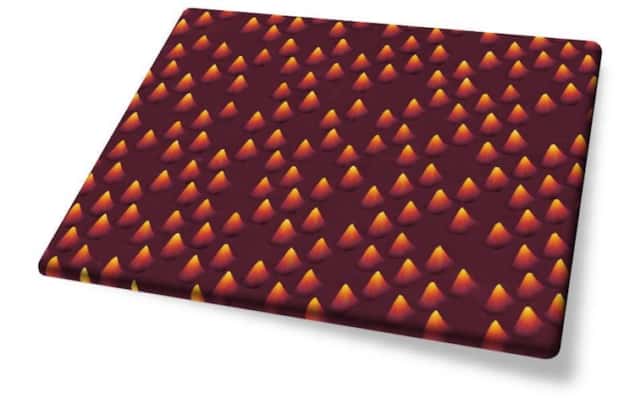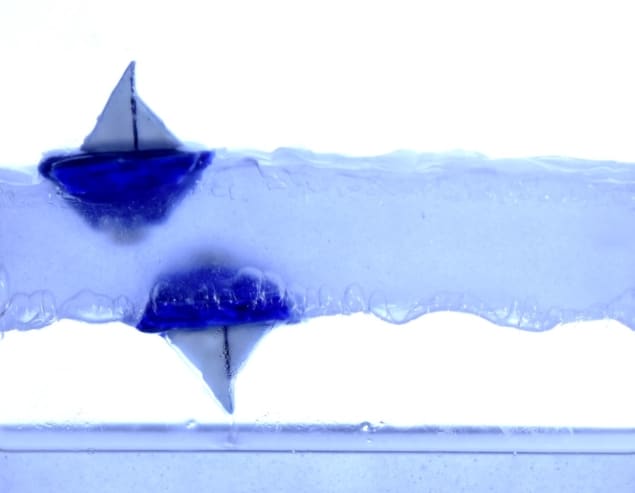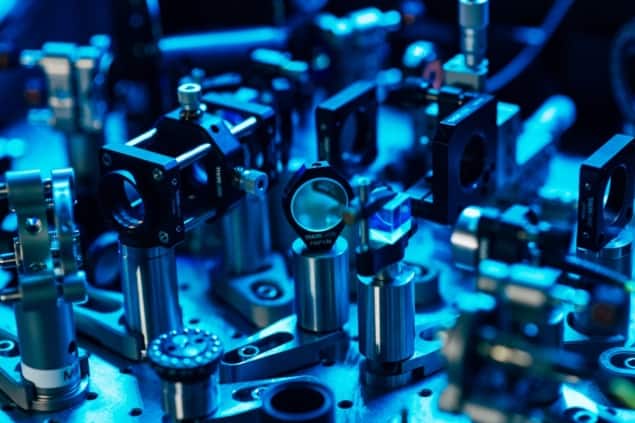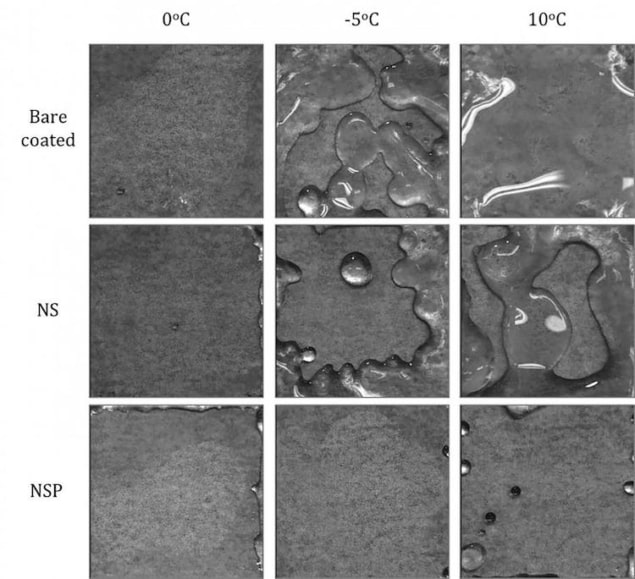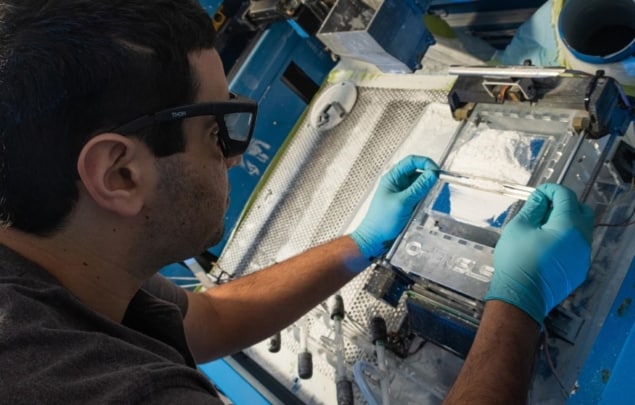Has evidence of life been found in the clouds of Venus?
14 Sep 2020
 Cloudy world: a recently-enhanced image of Venus taken by the Mariner 10 spacecraft. (Courtesy: NASA/JPL-Caltech)
Cloudy world: a recently-enhanced image of Venus taken by the Mariner 10 spacecraft. (Courtesy: NASA/JPL-Caltech)Phosphine, which is a gas produced exclusively by microbes on Earth and considered to be a strong signature of life on other worlds, has been detected in the clouds of Venus. The discovery is perhaps the strongest evidence yet of life beyond Earth.
A team led by Jane Greaves of Cardiff University, UK, observed the phosphine using the James Clerk Maxwell Telescope in Hawaii, before following up with the Atacama Large Millimeter/submillimeter Array (ALMA) in Chile. The gas absorbs radiation from warmer clouds deeper in Venus’ atmosphere, creating an absorption line at 1.1 mm.
The idea to search for phosphine as a biosignature on other worlds is a recent one, developed in 2019 by astronomers led by Clara Sousa-Silva at the Massachusetts Institute of Technology, and independently by Greaves. Phosphine is a molecule derived from phosphorous and is an essential building block of RNA and DNA. On Earth it is produced by anaerobic bacteria, which are microbes that do not require oxygen. They absorb phosphate minerals and combine them with hydrogen, releasing phosphine in the process. Importantly, phosphine is not produced by any known geological process, at least not on Earth.
